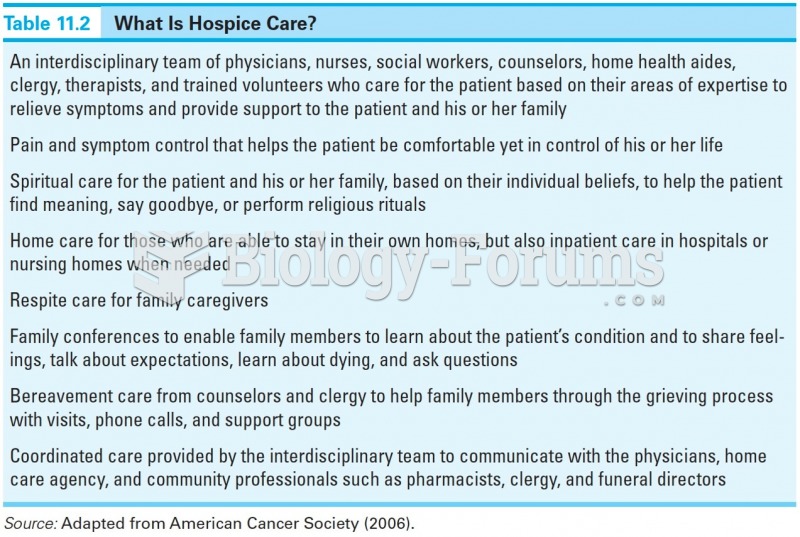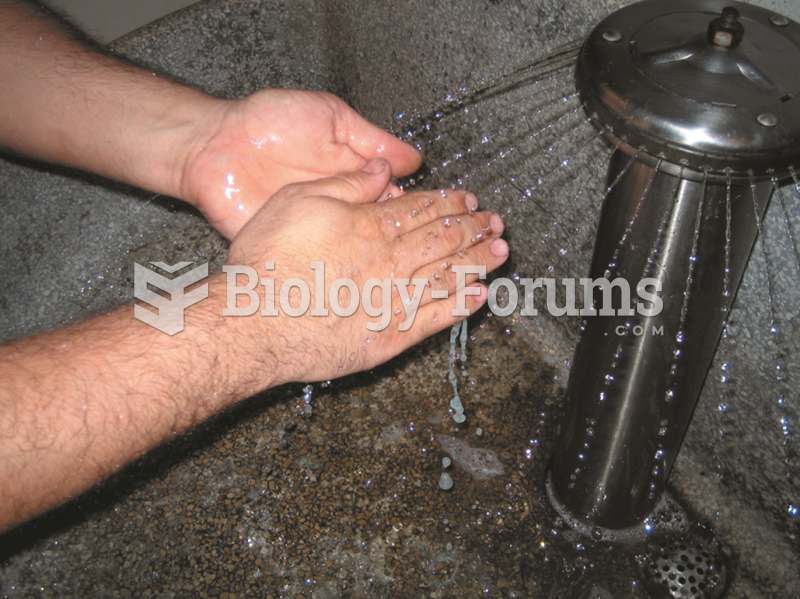Answer to Question 1
C
Feedback
A Group sessions begin at 12 to 16 weeks of gestation and end with an early post-partum visit. Before group sessions the patient has an individual assessment, physical examination, and history.
B At the beginning of each group meeting, patients measure their own blood pres-sure, weight, and urine dips and enter these in their record. Fetal heart rate as-sessment and fundal height are obtained by the nurse.
C Gestational age cohorts comprise the groups, with approximately 8 to 12 women in each group. This group remains intact throughout the pregnancy. Individual follow-up visits are scheduled as needed.
D Results evaluating this approach have been very promising. In a recent study of adolescent patients, there was a decrease in low-birth-weight infants and an in-crease in breastfeeding rates.
Answer to Question 2
D
Feedback
A The toddler does not hate the infant. This is an expected response to the changes
in routines and attention that affect the toddler.
B This is a normal response. The toddler can be provided with a doll to care for
and tend to the doll's needs at the same time the parent is performing similar
care for the newborn.
C The toddler does not hate the infant. This is an expected response to the changes
in routines and attention that affect the toddler.
D The arrival of a new infant represents a crisis for even the best-prepared toddler.
Toddlers have their entire schedule and routines disrupted because of the new
family member. The nurse should work with parents on ways to involve the
toddler in the newborn's care and to help focus attention on the toddler.







